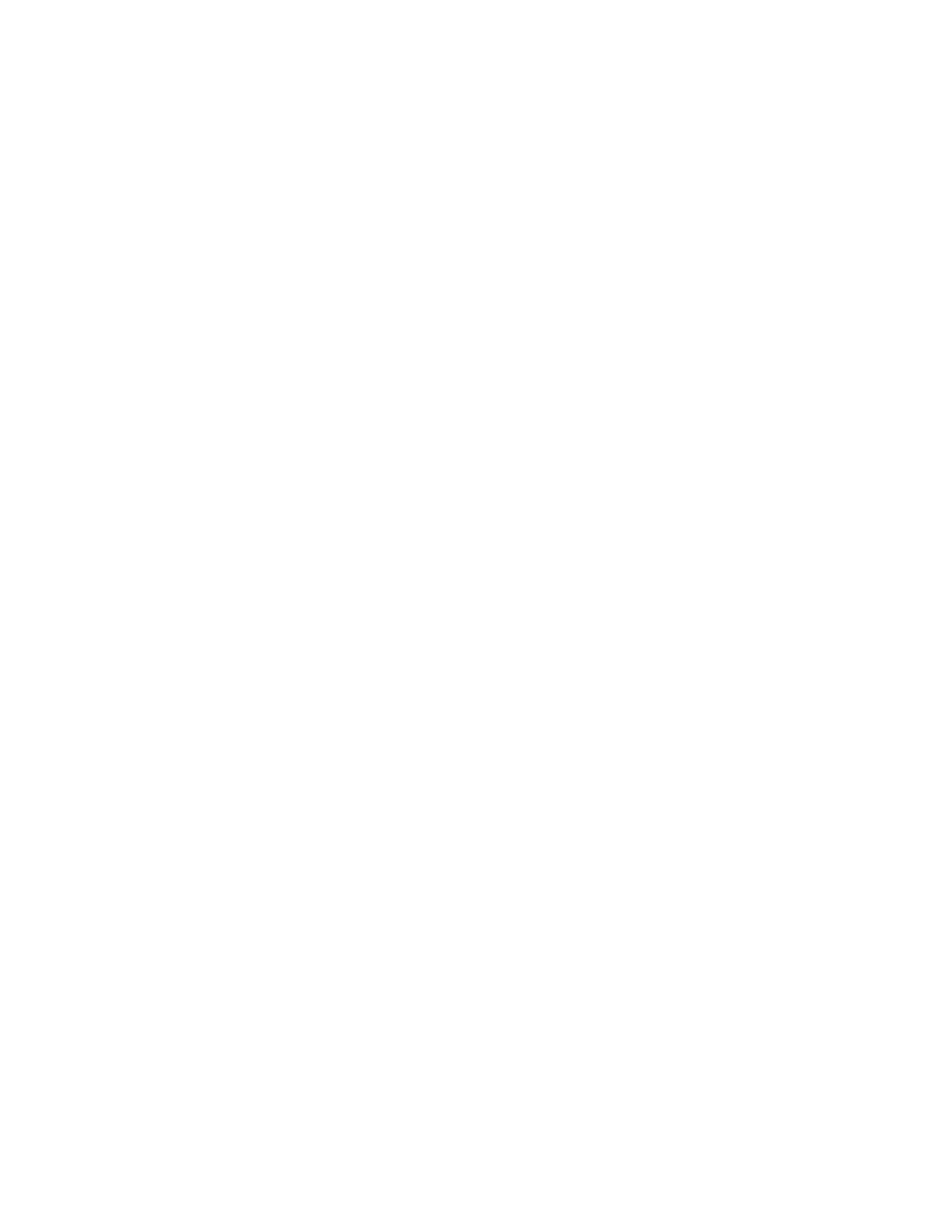

Academic Integrity
The discussion below comes from the Council of Writing Program Administrators at
http://www.wpacouncil.org/node/9.In instructional settings, plagiarism is a multifaceted and ethically complex problem. However, if
any definition of plagiarism is to be helpful to administrators, faculty, and students, it needs to be
as simple and direct as possible within the context for which it is intended.
Definition: In an instructional setting, plagiarism occurs when a writer deliberately uses someone
else’s language, ideas, or other original (not common-knowledge) material without
acknowledging its source.
This definition applies to texts published in print or on-line, to manuscripts, and to the work of
other student writers.
Most current discussions of plagiarism fail to distinguish between:
1. submitting someone else’s text as one’s own or attempting to blur the line between one’s own
ideas or words and those borrowed from another source, and
2. carelessly or inadequately citing ideas and words borrowed from another source.
Such discussions conflate plagiarism with the misuse of sources.
Ethical writers make every effort to acknowledge sources fully and appropriately in accordance
with the contexts and genres of their writing. A student who attempts (even if clumsily) to
identify and credit his or her source, but who misuses a specific citation format or incorrectly
uses quotation marks or other forms of identifying material taken from other sources, has not
plagiarized. Instead, such a student should be considered to have failed to cite and document
sources appropriately.”
Disabilities and Special Needs
Any student with disabilities or special needs should inform the instructor, who will make
accommodations so students can meet their educational goals


















